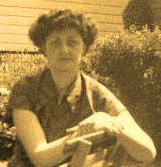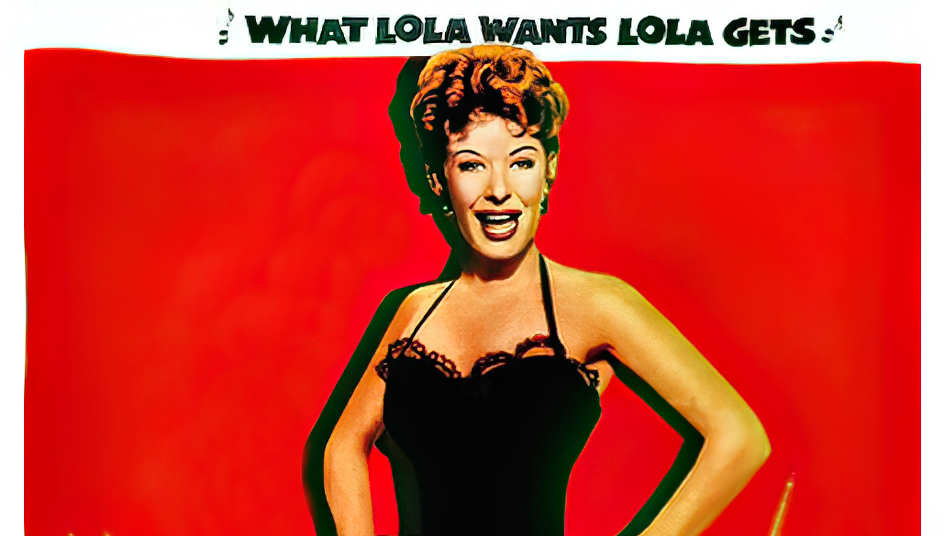Netflix dropped a new series last week titled Love, Death + Robots. It’s a unique presentation and one that illustrates just how far “television” has come in just a few short months (couple of years).
The series (season 1) consists of 18 episodes, each ranging from 6 to 17 minutes in length. They’re all animated, in a variety of styles, and the vast majority of them are based on an existing short story written by authors you’re familiar with – Joe Lansdale, Marko Kloos, John Scalzi, Alastair Reynolds, Peter F. Hamilton, Ken Liu and Janis Robertson. Albert Mielgo, Steven Lewis, Kristen Cross, Claudine Griggs, Vitaly Shushko, Michael Swanwick, David W. Amendola.
Amazing Stories Art Director, Kermit, was quite enthusiastic about both the animation and many of the stories when he first brought the series to my attention, making comparisons between L,D+R and the old radio play shows Dimension X and X Minus One that based most, if not all of their radio plays on short stories drawn from Astounding Science Fiction magazine.
This is a review of the current season of this new endeavor, but the real story – which we will hopefully get into in a future article – is the transformation of “television” with the introduction of streaming services, the changing of the concept of “season”, binge-watching, time-shifting, the greater visibility and acceptance of science fiction, fantasy and horror, the accessibility and lower costs of high-quality productions, CGI, animation & etc.
It may be turning into an author’s paradise (if it hasn’t happened already – and it has – we’re not that far away from an author crowdfunding a production budget and bringing their own work to the screen).
The series is produced by Tim Miller (DeadPool – so you know there’s going to be hints of irreverence in here) and David Fincher have been described by more than one reviewer as “Heavy Metal” for Netflix, referencing the american edition of the French magazine Metal Hurlant, as well as the animated full length feature film of the same name.
Yes…and no.
We’ve grown up a bit since the 80s, gotten edgier, more jaded with scenes and subjects otherwise previously shocking, kinda been here, done that at least a little bit since the publication of Ellison’s Dangerous Visions.
Remember the hype for that anthology? Ellison was giving everyone an opportunity to write the stories they really wanted to, the ones that dealt with taboo subjects – sex prominent among them, with death in horrific, vengeful ways not far behind, the stories the old fogey publishers wouldn’t.
Take one part ground-breaking illustration from Heavy Metal and one part DV “This ain’t your daddy’s SF” fiction, mix thoroughly and you get
a lot of great animation, a lot of stories that seem to be written with an ending “hook” in mind (not all of them as “hooky” as the others), with a bunch of graphic violence and usually concealed body parts thrown in.

I was initially extremely enthusiastic about the series, racing through the first 6 episodes in a binge watch. And then I realized that I had made a mistake. Apparently I can only take so much sarcasm, so many graphic death scenes and so many animated nipples poking through t-shirts before it all starts seeming the same.
While individual episodes are as short as 6 minutes running time, this is not a show to binge watch, though of course YMMV. I think this is best watched as filler or when you have just a couple of minutes between jury trials.
The animation styles are vastly different from episode to episode, providing an excellent showcase of what the medium is capable of these days, from straight on, near 60’s-Korean Animation to the latest in live motion capture and whatever it is they are calling rotoscoping these days. A couple of the episodes are striking in their 3D animation depicting live action – just a hairs breadth away from looking entirely “real”.
The stories themselves range from “Good-Meh” to “Wow”, with Scalzi’s three offerings pretty much defining the range: Three Robots, When the Yogurt Took Over and Alternate Histories. Alternate Histories was near offensive (for me), an exercise in playing with a Hitler voodoo doll that I felt unfunny, somewhat formulaic and “too soon”; Three Robots was Scalzi-sarcastic and amusing, and When the Yogurt Took Over was truly funny and rendered in an excellent animation style.

There are quite a few episodes featuring military themes; Marko Kloos’ Lucky 13 being a standout. I think it says something about where the mainstream appeal of the genre has gone (Mil-SF is probably the highest selling Amazon sub-genre); as this particular episode shows though, a good Mil-SF story is not about the “pew-pew”, its about the people, or, more accurately, the personalities in the military setting.
If I had to guess, one of the criteria for selecting the stories that would make the cut (the production team is said to have read 2,000 shorts and whittled them down to 18) is that they had to have a “twist” at the end. I could almost hear Alfred Hitchcock doing his tongue-in-cheek intro to Alfred Hitchcock Presents by the time I’d experienced the fourth or fifth “twist”. (Of course, if you’ve never had the experience of listening to radio plays, nor watched AHP, The Outer Limts, Twilight Zone, etc. when originally broadcast in black and white – never had to move the rabbit ears around or adjust the horizontal hold knob while watching, much of this series will seem “new”, even if it does rest upon a solid history of the same.)
Yes,some of them are truly twisty endings, while others left me feeling as if someone was saying “Get Out! Get Out! The call is coming from INSIDE your house!!!”…in other words, they stretched to make it twisty and didn’t completely escape the cliche.

There’s no doubt that the individual episodes and the series as a whole is going to generate a lot of discussion: Kermit and I spent a good near hour the other day talking about the physics in Helping Hand, the episode based on Claudine Rigg’s short (Lightspeed) of the same name. The conversation invoked Niven and Sheffield, the likely habits of solo-space repair people, the economics of future space technologies and the limits of biological capabilities. All generated by a ten minute short.
We also spent another near hour talking about the future implications for science fiction and fantasy on “TV”.

I don’t think you can call it “TV” anymore. We need a different name for this phenomena; I’d opt for “streaming shows”, but that only covers a small piece of the landscape. One thing is for sure, Netflix is not only leading the way with their introduction of new formats, methods of release, willingness to go beyond the traditional, they’re driving other studios to change and setting a very high bar, which comes close to home here at Amazing HQ.
Just yesterday we announced that the Apple production of Spielberg’s Amazing Stories reboot was close to wrapping (we license them to use the name) and that Apple & Tim Cook has scheduled a presentation at the end of this month for content directors and producers. “It’s Show TIme!” featured prominently on the invites. This strongly suggests that Apple’s streaming service is close to being announced. We’re hopeful that the show is a success, but following the introduction of Love, Death + Robots, we’re concerned. The series sets a very high bar for “cutting edge science fiction” and we’re not so sure that a service focused on “family friendly” values is going to be able to deliver the kind of stories that viewers are really looking for.
One thing is clear though: with new services coming online, studios willing to spend hundreds of millions on content and new delivery platforms popping up, you won’t have to settle for something you don’t like, something you will like is surely in the pipeline.
If I had to give stars to the series, I’d give it 4 out of 5, firmly placing it in the “Must Watch (at least some of it)” category.










